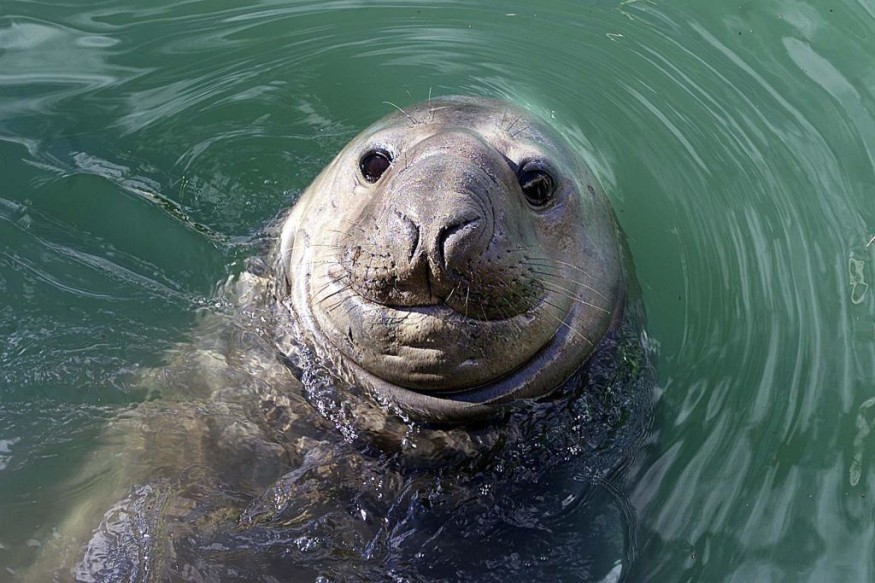The seals could dive into the darkest depths of the sea. Throughout biological studies, the most popular web-footed mammals of the sea were observed to utilize their whiskers to locate their prey in the regions even without the help of sunlight. In new research, scientists detailed how these animals use whiskers as effective sensors for travel and search for food.
Deep oceans are known to have depths that are unreachable by sunlight. Most of the creatures that live in these places evolved and developed special skills such as bioluminescence to help them score resources even if they can not see anything.
Like bioluminescence, other quirks were developed in the deep. For example, toothed whales perfected biosonar, known as echolocation, to catch foods.
Vibrissae-Related Ability of Northern Elephant Seals

Seals, whose group also reached the deep oceans, developed their approach to hunting. Despite being without sonar and light-based abilities, these mammals hide a far superior skill that only a few animals could use.
According to a new study, seals might have developed a superb locating ability through their whiskers.
Apart from humans, many mammals contain vibrissae in their bodies. This part is similar to facial hair but commonly grows as whiskers in some species.
The term vibrissae were inspired by the Latin word vibrio, which translates to 'to vibrate.' The function of vibrissae is present in seals. Many studies have already confirmed the possibility of the strand vibrations being used in a particular function, but the data regarding the ones found in the anatomy of seals are limited, PhyOrg reports.
Although the idea about the seal's vibrissae was already presented, there are still other clues to collect to justify how their whiskers move and the natural function it works for. To get ahold of the accurate data from the seals, the authors equipped a specialized video recorder to free-range female northern elephant seals.
ALSO READ : Phylogenomic Study Corrects Misclassified Black Bass Species Present in More Than 50 Countries
Facial Hair for Hunting
The team selected the species because of their highly sensitive whiskers and the stunning nerve fiber count on each strand that encompasses those in other animals. Experts got a clear view of how the facial hairs vibrate by placing the cameras on the cheek part of the seals and installing LED red/infrared lights.
Once the subjects swam down the deep ocean, experts discovered that the seals read movements of their vicinity for prey through the vibrations of the waters. They scan the area they swim in by letting their whiskers perform a rhythmic pattern, including retraction and protraction of the strands.
While the bioluminescence in other prey could help the seals easily see under the dark waters, experts say that mammals rely on their whiskers more than sight.
National Institute of Polar Research and UC Santa Cruz Department of Ecology and Evolutionary Biology specialist Taiki Adachi, who also served as head of the investigation, explained in a press release that their next studies would be dedicated to comparing animals with whiskers and how each of their whisker sensors helps to develop the behaviors of mammalian species living in various types of habitats.
The paper was published in PNAS, titled "Whiskers as hydrodynamic prey sensors in foraging seals."
RELATED ARTICLE : Living Galapagos Giant Tortoise Discovered for the First Time After 100 Years of Being 'Extinct'
Check out more news and information on Biology in Science Times.












